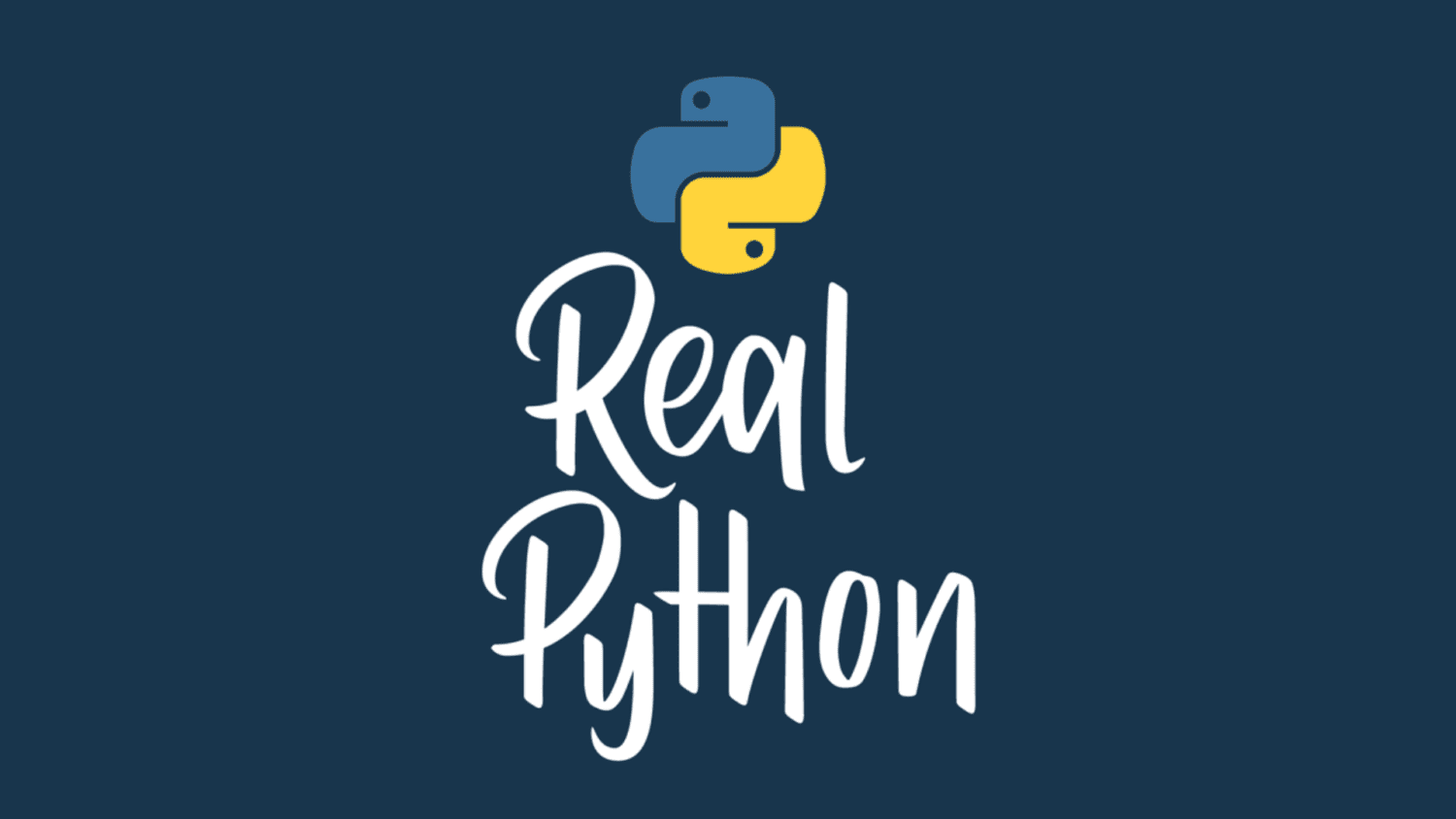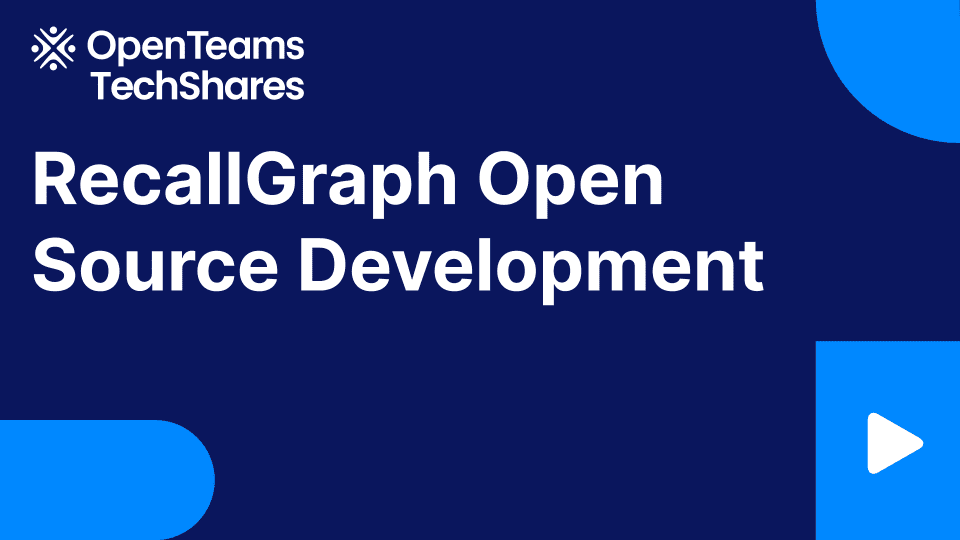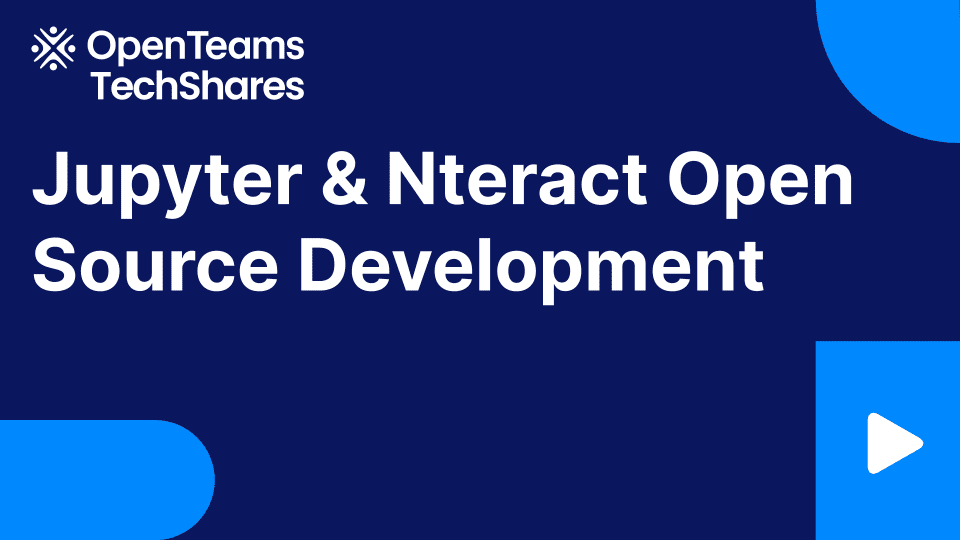
Getting the First Match From a Python List or Iterable
At some point in your Python journey, you may need to find the first item that matches a certain criterion in a Python iterable, such as a list or dictionary.
The simplest case is that you need to confirm that a particular item exists in the iterable. For example, you want to find a name in a list of names or a substring inside a string. In these cases, you’re best off using the in operator. However, there are many use cases when you may want to look for items with specific properties. For instance, you may need to:
- Find a non-zero value in a list of numbers
- Find a name of a particular length in a list of strings
- Find and modify a dictionary in a list of dictionaries based on a certain attribute
In this video course, you’ll explore how best to approach all three scenarios.
[ Improve Your Python With 🐍 Python Tricks 💌 – Get a short & sweet Python Trick delivered to your inbox every couple of days. >> Click here to learn more and see examples ]




